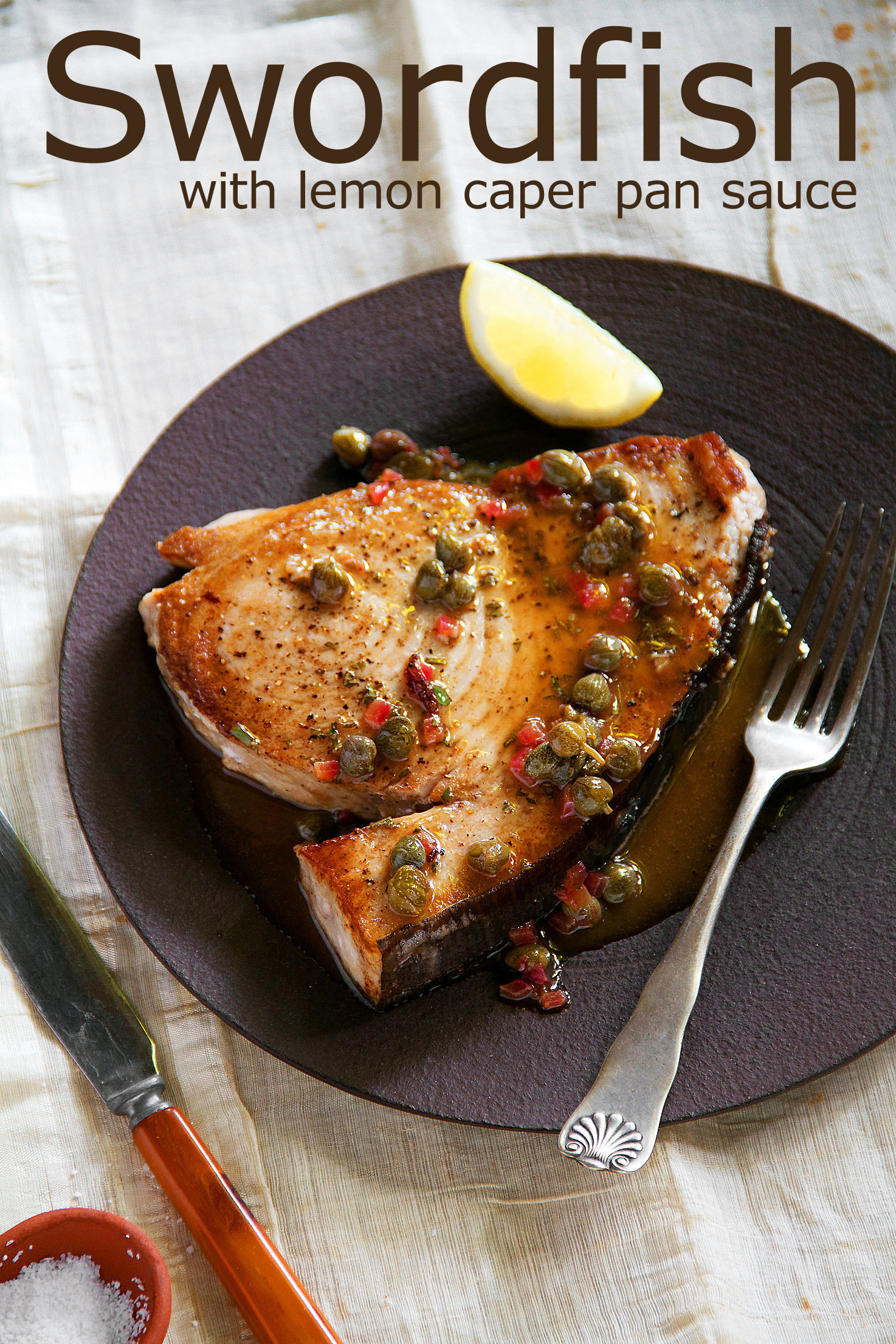
A pan sauce is a simple way to dress up sautéed seafood. However, it’s becoming increasingly difficult to know which fish to choose these days. Many species are overfished or are harvested using horrendous practices that destroy the very environment needed to keep them viable and available to the seafood-loving public. I mean how much sense does it make to fish yourself right out of business? But it’s happening all over the world and unless consumers educate themselves, then we are accomplices in encouraging a situation where we fish all the fish right out of the sea.
Still, it’s not all bad news. The swordfish population is finally in a good place again. There was a period when the swordfish population was collapsing because of overfishing. But after smart efforts to protect the species, including stricter regulation, the fishery has bounced back to sustainable levels. In fact, there are actually more swordfish in our oceans today than there were before the collapse. That’s a success story worth celebrating.
More importantly, it’s a success story worth emulating with other red-listed species. I’m hopeful we’ll see the monkfish, shark, and bluefin tuna populations growing in the next decade. Until then you won’t find them on my plate.
But let me get off my high seahorse and get to the recipe. Well, it’s hardly a recipe. It’s more of a technique for pan frying swordfish. A technique that starts with a brine, moves to the stovetop and finishes in the oven. I hope I make this simple procedure clear in the recipe because I’d like to talk about the pan sauce I’m serving with this swordfish. Mastering a pan sauce quickly and easily is one of those kitchen magic tricks that makes you look like a pro. In fact learning to build a pan sauce could be the highest yielding 25 minutes you’ll ever spend in a kitchen.
Pan Sauce Tips
- Use high heat to properly sear whatever you plan to sauce. It creates what pros know as a fond on the bottom of the pan. All you need to know is that these caramelized bits are where the flavor comes from and they’re the essential ingredient for making a quick pan sauce.
- Next, remove the seared item and de-glaze the pan (typically with wine) and reduce the liquid. This creates a concentrated, flavorful base for the pan sauce.
- At this point lower the heat and add something acidic. Acid builds flavor.
- Then turn the burner off to whisk in the cold butter to create an elegant texture.
- That’s pan sauce.
PS: One note about the bloodline found in some swordfish steaks. I prefer to cut it away in many cases. It has a strong flavor which doesn’t work well with most delicate preparations. It’s possible to buy swordfish without a bloodline present. However I avoid those cuts, because a bright red bloodline (as opposed to rusty or brownish) is a great indicator of very fresh fish. GREG
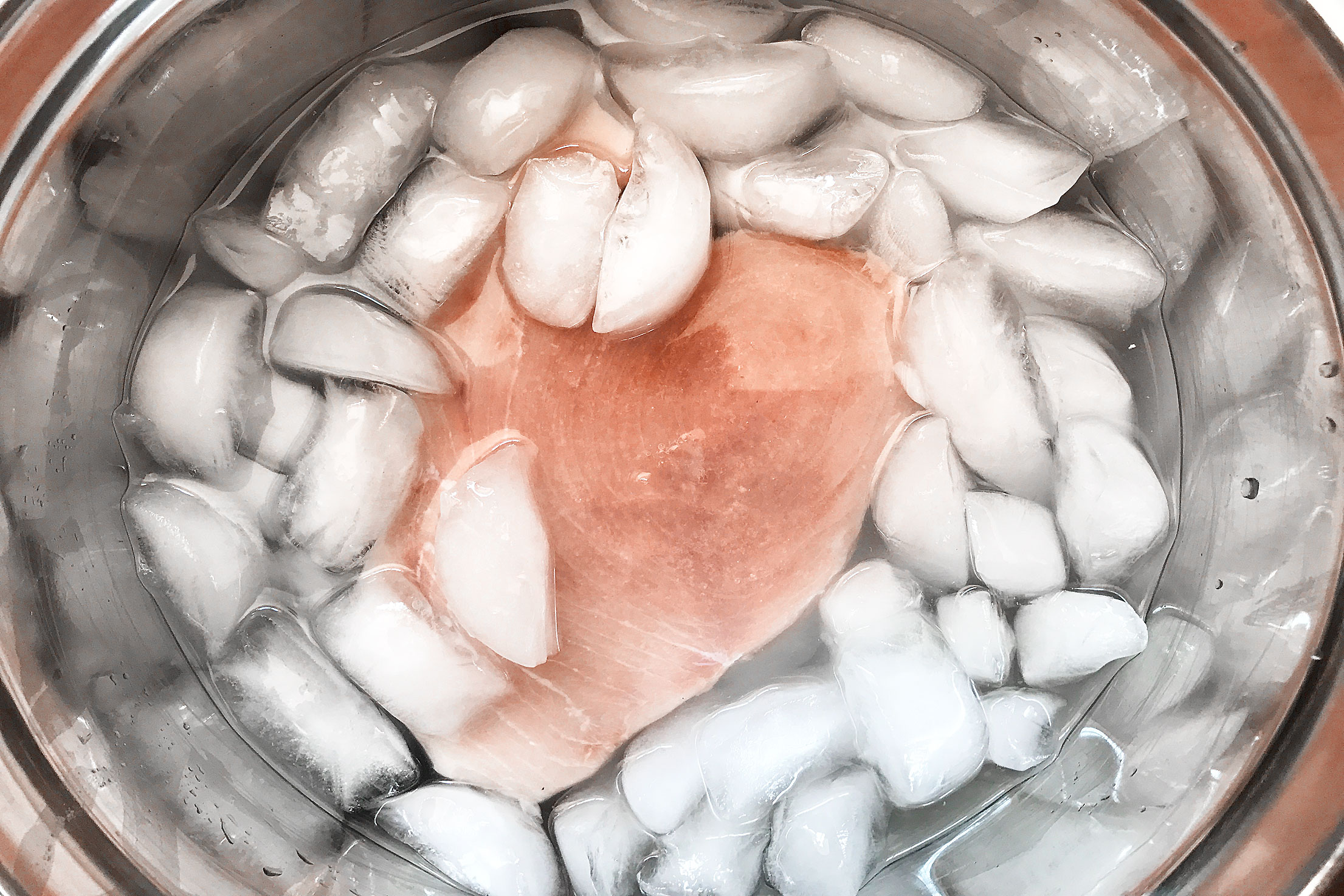
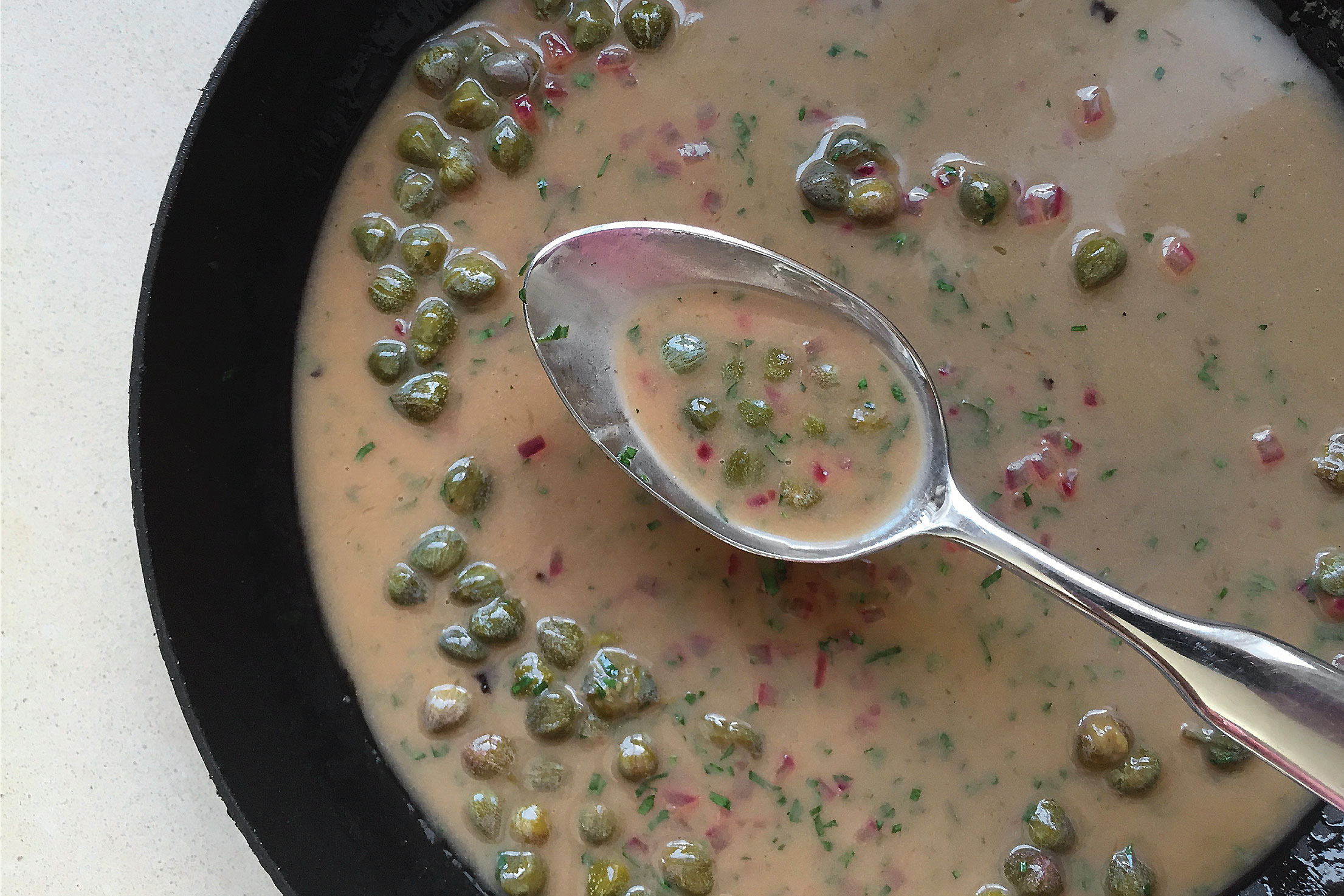
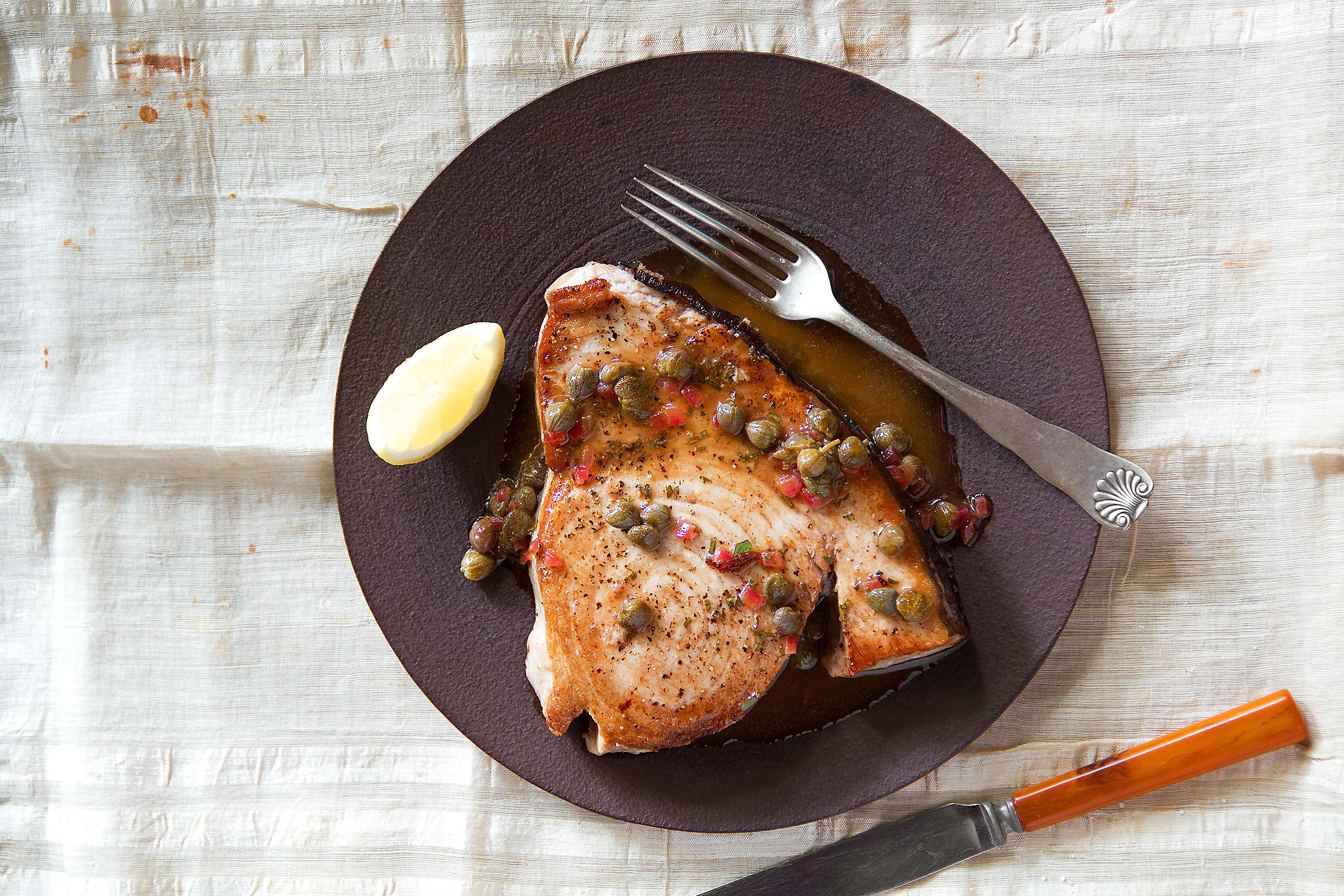
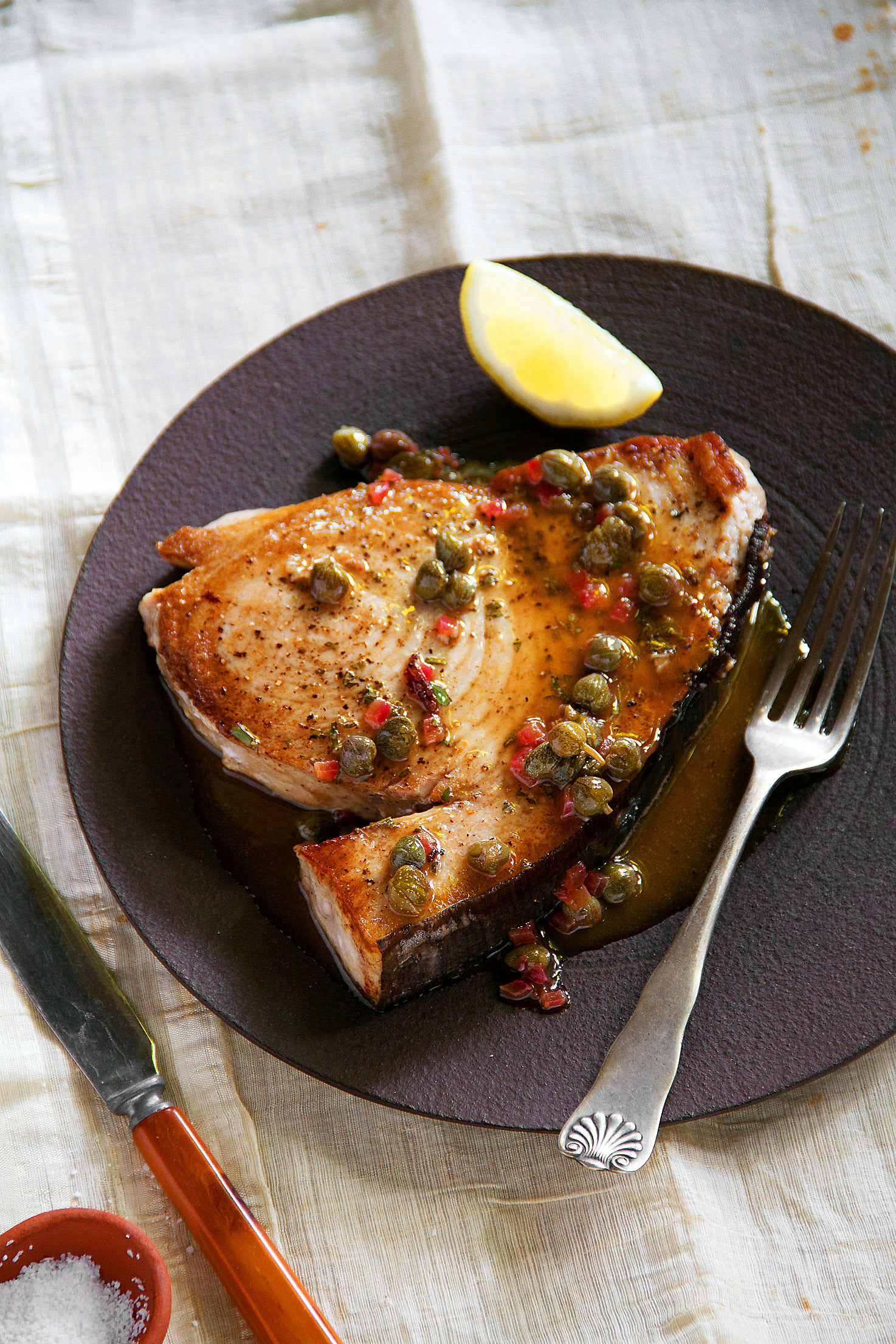

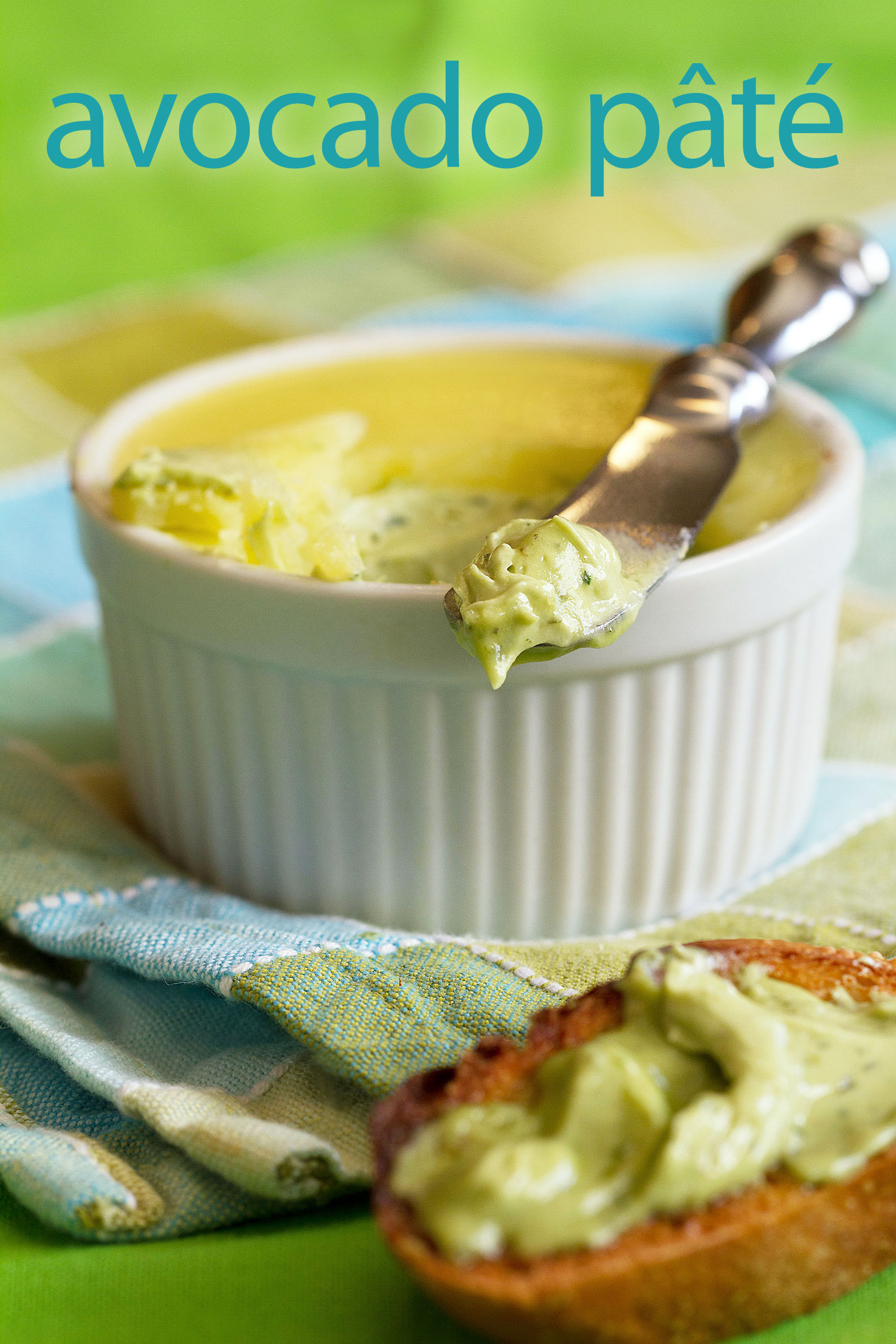

Utterly delicious
This herb butter Rose turkey is looking too delicious. I will try it on next weekend. Really love your blog keep doing amazing work.
I have always found that blood line troublesome, thanks for the tips. I also never thought about brining and searing seafood, now I can’t wait to try this trick. Your pan sauce sounds incredible, a lovely light summer meal.
I never have used a brine with fish before. Thanks for that tip. I’m quite fond of pan sauces, but I’ve never done one with a fish before. That’s two ideas in one post, Greg, that I’m definitely going to have to try.